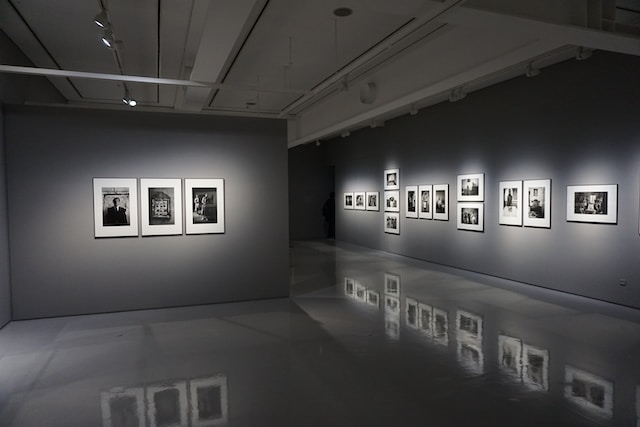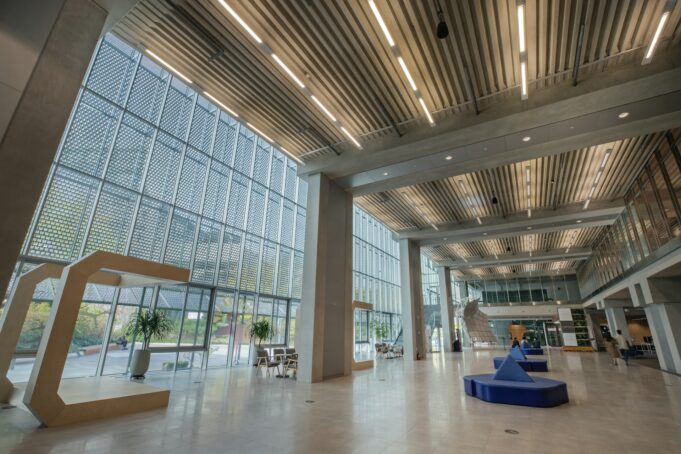The dynamic world of architecture continuously evolves, adapting to the changing needs and preferences of society.
In recent years, colleges worldwide have witnessed a trend that seamlessly blends functionality with aesthetics — the rise of pop-up architectural structures. These structures, often temporary and mobile, offer colleges a unique way to utilize space, host events, and enrich the student experience.
For many students, the intense routine of studying, meeting assignment deadlines, and managing school commitments can be challenging. Amidst this, finding a unique place to relax, socialize, or even explore new learning avenues becomes essential. Here, the role of pop-up structures becomes pivotal. It’s not uncommon for a student, while considering an essay writing service to write essays for money, to stumble upon a pop-up library or a temporary study pod, changing the trajectory of their day.
Exploring Diverse Pop-Up Structures on College Campuses
Mobile Study Pods
Gone are the days when studying was confined to the library or dormitory. Enter the mobile study pods — contemporary, portable structures designed to offer students a unique learning environment. These compact units come equipped with all the essentials, such as comfortable seating, ambient lighting, and, often, charging ports for gadgets. For students feeling stifled in traditional study settings or those simply seeking a change of scenery, these pods are a welcome change. Tailored to meet the requirements of individual students or small groups, they create an environment that’s conducive to both concentrated studying and collaborative projects.
Temporary Exhibition Halls
Colleges are melting pots of talent, creativity, and innovation. To showcase the myriad skills and projects of students, temporary exhibition halls are becoming increasingly popular. Designed with a keen emphasis on modularity, these structures can be swiftly assembled to host a range of events, from art exhibitions and cultural showcases to academic project displays. The inherent flexibility of these halls allows for customization in layout, ensuring optimal space utilization. Moreover, their temporary nature ensures that once the event concludes, the space can be reverted to its original state without any hassles.
Pop-Up Libraries
In an age dominated by digital resources, the allure of a physical book might seem waning. However, for many, the tactile pleasure of flipping through pages remains unmatched. Recognizing this, colleges are setting up pop-up libraries during specific events or times. These libraries, though temporary, offer students a carefully curated collection of books. Whether it’s academic resources, fiction, non-fiction, or research materials, these pop-up libraries rekindle the joy of spontaneous reading sessions amidst the digital avalanche.
Outdoor Lecture Theaters
Why should learning be restricted to closed spaces? Breaking away from this norm, colleges are now introducing pop-up outdoor lecture theaters. These theaters, complete with temporary seating and state-of-the-art audio-visual equipment, challenge the conventional classroom setup. Particularly favored during clement weather, these spaces offer students the unique experience of imbibing knowledge while being surrounded by nature.
Innovative Recreational Spaces
Every student, bogged down by assignments and lectures, yearns for a break. Catering to this need are innovative recreational spaces. These range from pop-up cinemas, where students can enjoy movie screenings under the stars, to temporary cafes offering a cozy nook for relaxation and casual conversations. Serving as vibrant social hubs, they play a crucial role in alleviating academic stress and fostering student interactions.
Interactive Installation Zones
Learning in college isn’t just about textbooks and lectures. It’s about experiences. Interactive installation zones, often straddling multiple disciplines, stand as a testament to this. Here, art meets science, and technology intertwines with creativity. Students get a chance for hands-on exploration, be it through a captivating art installation, a riveting science experiment, or a groundbreaking tech demo. These zones accentuate the essence of experiential learning, making education a tangible, immersive experience.

Understanding the Pros and Cons of Pop-Up Structures
Advantages
Flexibility: These structures can be swiftly assembled and disassembled, ensuring that space adapts to needs without long-term alterations.
Cost-Effective: Being typically more affordable than their permanent counterparts, they ensure that quality spaces are created without straining budgets.
Engagement: The novelty and dynamic nature of these structures ensure that student engagement remains high, constantly offering fresh experiences.
Drawbacks
Limited Durability: Owing to their temporary design, they may not have the same durability as permanent structures, necessitating regular maintenance.
Space Constraints: While they are designed to maximize space, their compact designs might sometimes be inadequate for hosting large-scale events or gatherings.
Conclusion
The introduction of pop-up architectural structures on college campuses represents a shift toward adaptable, flexible, and innovative spatial solutions. These structures, while temporary, leave a lasting impact on the student experience. They foster learning, encourage social interaction, and break the monotony of traditional spaces. As the academic landscape evolves, the need for dynamic solutions grows. While students might turn to the best paper writing service for academic support, these pop-up structures provide them with architectural support, enhancing their overall college experience.














